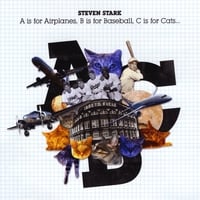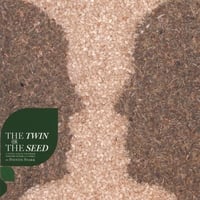So what are the implications if it is true that music is created for different categories of experience?
It means that often when we are critical of music, we may not be listening to it under the same terms with which it was created.
If patrons are dancing at a club and a Harry Nilsson song comes on, then they will probably hate it. It isn't produced with a strong enough beat for that setting. However, if they listened to the song in their car or on their couch, they might love it.
If one goes to a small folk club and someone generates a beat that repeats over and over, without much in the form of melody or lyrics, then it might be really annoying. But once again, in the club or in the dance studio, it might be acceptable.
If one is sitting in a concert hall, prepared to listen attentively to a symphony or chamber work, and a singer-songwriter begins strumming a guitar, it might seem really shallow musically, throwing our active ears back at us, no matter how good the lyrics are.
There is a converse situation too, which is very common, particularly in listening to composition. People approach the concert hall, or the "close" headphone listen at home, with the attitude of listening to songs. We seek immediacy, catchiness and repetition rather than a continuous aesthetic statement on all the elements of music and its organization, written to be worthy of, and to reward, a constantly attentive listen. Composition is the unfolding of organized thought in sound form.
Once again, this is not to say that composition does not contain elements of catchiness and immediacy. It's just to say that it is not necessarily its primary purpose. Listening to Webern's symphony will give you almost zero in terms of memorable melody (but a Mozart or Dvorak symphony will). But it will offer you a fantastic, short listen exploring the aesthetic of music when texture has completely and consciously supplanted melody and traditional harmony as the tool of communication. There is no beat to dance to, no melody to sing and no stable musical wallpaper. But it is a highly fascinating and rewarding listen.
One way to think of it is this - I have listened to the Beatles album "Abbey Road" many times more than the Webern Symphony, but I think I have thought about the Webern Symphony just as much over the last several years. And any time I have a chance to sit down with my headphones for eight minutes and listen to it, I enjoy it immensely. And with subsequent listens, the sense of immediacy and familiarity and emotional connection grows.
But listening to Webern in the car? No way. I can't even hear it over the traffic. Give me "Abbey Road."
Wednesday, January 18, 2012
Subscribe to:
Post Comments (Atom)



This comment has been removed by the author.
ReplyDeleteI agree. I think Abbey Road is the best of the Beatles' repertoire.
ReplyDeleteI even like it better than the White Album, if that's possible.